A "Plan of Discipline"
Topic: Military Theory
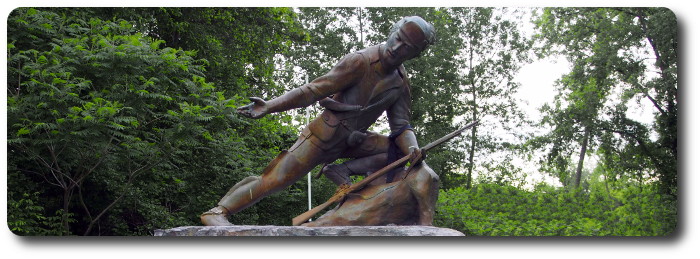
A "Plan of Discipline"
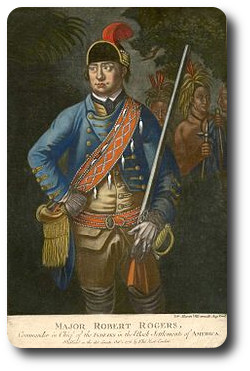 Journals of Major Robert Rogers, as published in a 1769 Dublin edition.
Journals of Major Robert Rogers, as published in a 1769 Dublin edition.
1. All Rangers are to be subject to the rules and articles of war; to appear at roll- call every evening, on their own parade, equipped, each with a firelock, sixty rounds of powder and ball, and a hatchet, at which time an officer from each company is to inspect the same, to see they are in order, so as to be ready on any emergency to march at a minute's warning; and before they are dismissed, the necessary guards are to be draughted and scouts for the next day appointed.
2. Whenever you are ordered out to the enemies forts or frontiers for discoveries, if your number be small, march in a single file, keeping at such distance from each other as to prevent one shot from killing two men, sending one man, or more, forward, and the like on each side, at the distance of twenty yards from the main body, if the ground you march over will admit of it, to give the signal to the officer of the approach of an enemy, and of their number &c.
3. If you march over marshes or soft ground, change your position, and march abreast of each other to prevent the enemy from tracking you (as they would do if you marched in a single file) till you get over such ground, and then resume your former order and march till it is quite dark before you encamp, which do, if possible, on a piece of ground which that may afford your centries the advantage of seeing or hearing the enemy some considerable distance, keeping one half of your whole party awake alternately through the night.
4. Some time before you come to the place you would reconnoitre, make a stand, and send one or two men in whom you can confide, to look out the best ground for making your observations.
5. If you have the good fortune to take any prisoners, keep them separate, till they are examined, and in your return take a different route from that in which you went out, that you may the better discover any party in your rear, and have an opportunity, if their strength be superior to yours, to alter your course, or disperse, as circumstances may require.
6. If you march in a large body of three or four hundred, with a design to attack the enemy, divide your party into three columns, each headed by a proper officer, and let those columns march in single files, the columns to the right and left keeping at twenty yards distance or more from that of the center, if the ground will admit, and let proper guards be kept in the front and rear, and suitable flanking parties at a due distance as before directed, with orders to halt on all eminences, to take a view of the surrounding ground, to prevent your being ambuscaded, and to notify the approach or retreat of the enemy, that proper dispostions may be made for attacking, defending, &c. And if the enemy approach in your front on level ground, form a front of your three columns or main body with the advanced guard, keeping out your flanking parties, as if you were marching under the command of trusty officers, to prevent the enemy from pressing hard on either of your wings, or surrounding you, which is the usual method of the savages, if their number will admit of it, and be careful likewise to support and strengthen your rear-guard.
7. If you are obliged to receive the enemy's fire, fall, or squat down, till it is over; then rise and discharge at them. If their main body is equal to yours, extend yourselves occasionally; but if superior, be careful to support and strengthen your flanking parties, to make them equal to theirs, that if possible you may repulse them to their main body, in which case push upon them with the greatest resolution with equal force in each flank and in the center, observing to keep at a due distance from each other, and advance from tree to tree, with one half of the party before the other ten or twelve yards. If the enemy push upon you, let your front fire and fall down, and then let your rear advance thro' them and do the like, by which time those who before were in front will be ready to discharge again, and repeat the same alternatively, as occasion shall require; by this means you will keep up such a constant fire, that the enemy will not be able easily to break your order, or gain your ground.
8. If you oblige the enemy to retreat, be careful, in your pursuit of them to keep out your flanking parties, and prevent them from gaining eminences, or rising grounds, in which case they would perhaps be able to rally and repulse you in their turn.
9. If you are obliged to retreat, let the front of your whole party fire and fall back, till the rear hath done the same, making for the best ground you can; by this means you will oblige the enemy to pursue you, if they do it at all, in the face of a constant fire.
10. If the enemy is so superior that you are in danger of being surrounded by them, let the whole body disperse, and every one take a different road to the place of rendezvous appointed for that evening, which must every morning be altered and fixed for the evening ensuing, in order to bring the whole party, or as many of them as possible, together, after any separation that may happen in the day; but if you should happen to be actually surrounded, form yourselves into a square, or if in the woods, a circle is best, and, if possible, make a stand till the darkness of the night favours your escape.
11. If your rear is attacked, the main body and flankers must face about to the right or left, as occasion shall require, and form themselves to oppose the enemy, as before directed; and the same method must be observed, if attacked in either of your flanks, by which means you will always make a rear of one of your flank-guards.
12. If you determine to rally after a retreat, in order to make a fresh stand against the enemy, by all means endeavour to do it on the most rising ground you come at, which will give you greatly the advantage in point of situation, and enable you to repulse superior numbers.
13. In general, when pushed upon by the enemy, reserve your fire till they approach very near, which will then put them into the greatest surprize and consternation, and give you an opportunity of rushing upon them with your hatchets and cutlasses to the better advantage.
14. When you encamp at night, fix your centries in such a manner as not to be relieved from the main body till morning, profound secrecy and silence being often of the last importance in these cases. Each centry therefore should consist of six men, two of whom must be constantly alert, and when relieved by their fellows, it should be done without noise; and in case those on duty see or hear any thing, which alarms them, they are not to speak, but one of them is silently to retreat, that proper dispositions may be made; and all occasional centries should be fixed in like manner.
15. At the first dawn of day, awake your whole detachment; that being the time when the savages chuse to fall upon their enemies, you should by all means be in readiness to receive them.
16. If the enemy should be discovered by your detachments in the morning, and their numbers are superior to yours, and a victory doubtful, you should not attack them till the evening, as then they will not know your numbers, and if you are repulsed, your retreat will be favoured by the darkness of the night.
17. Before you leave your encampment, send out small parties to scout round it, to see if there be any appearance or track of an enemy that might have been near you during the night.
18. When you stop for refreshment, chuse some spring or rivulet if you can, and dispose your party so as not to be surprised, posting proper guards and centries at a due distance, and let a small party waylay the path came in, lest the enemy should be pursuing.
19. If, in your return, you have to cross rivers, avoid the usual fords as much as possible, lest the enemy should have discovered, and be there expecting you.
20. If you have to pass by lakes, keep at some distance from the edge of the water, lest, in case of an ambuscade or an attack from the enemy, when in that situation, your retreat should be cut off.
21. If the enemy pursue your rear, take a circle till you come to your own tracks, and there form an ambush to receive them, and give them the first fire.
22. When you return from a scout, and come near our forts, avoid the usual roads, and avenues thereto, lest the enemy should have headed you, and lay in ambush to receive you, when almost exhausted with fatigues.
23. When you pursue any party that has been near our forts or encampments, follow not directly in their tracks, lest they should be discovered by their rear-guards, who, at such a time, would be most alert; but endeavour, by a different route, to head and meet them in some narrow pass, or lay in ambush to receive them when and where they least expect it.
24. If you are to embark in canoes, battoes, or otherwise, by water, chuse the evening for the time of your embarkation, as you will then have the whole night before you, to pass undiscovered by any parties of the enemy, on hills, or other places, which command a prospect of the lake or river you are upon.
25. In padling or rowing, give orders that the boat or canoe next the sternmost, wait for her, and the third for the second, and the fourth for the third, and so on, to prevent separation, and that you may be ready to assist each other on any emergency.
26. Appoint one man in each boat to look out for fires, on the adjacent shores, from the number and size of which you may form some judgment of the number that kindled them, and whether you are able to attack them or not.
27. If you find the enemy encamped near the banks of a river or lake, which you imagine they will attempt to cross for their security upon being attacked, leave a detachment of your party on the opposite shore to receive them, while, with the remainder, you surprize them, having them between you and the lake or river.
28. If you cannot satisfy yourself as to the enemy's number and strength, from their fires, &c. conceal your boats at some distance, and ascertain their number by a reconnoitering party, when they embark, or march, in the morning, marking the course they steer, &c. when you may pursue, ambush, and attack them, or let them pass, as prudence shall direct you. In general, however, that you may not be discovered by the enemy upon the lakes and rivers at a great distance, it is safest to lay by, with your boats and party concealed all day, without noise or shew; and to pursue your intended route by night; and whether you go by land or water, give out parole and countersigns, in order to know one another in the dark, and likewise appoint a station for every man to repair to, in case of any accident that may separate you.

Posted by regimentalrogue
at 12:01 AM EDT
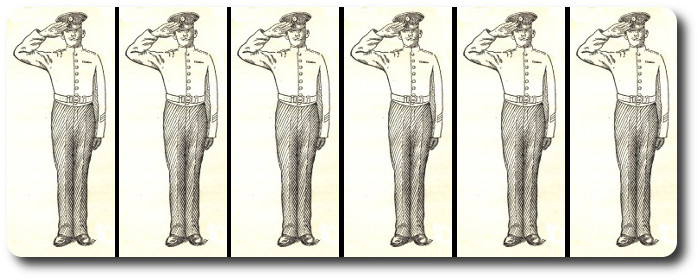


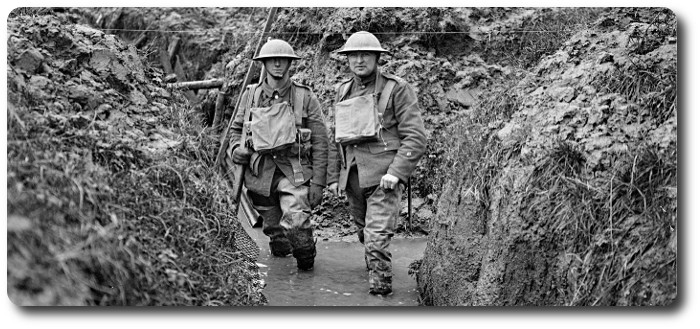
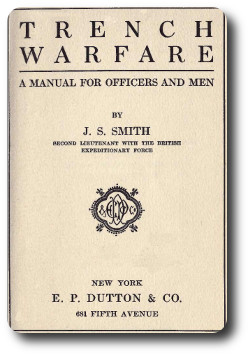 Trench Warfare; A Manual for Officers and Men, J.S. Smith, Second Lieutenant with the British Expeditionary Force, E.P. Dutton & Co., 1917.
Trench Warfare; A Manual for Officers and Men, J.S. Smith, Second Lieutenant with the British Expeditionary Force, E.P. Dutton & Co., 1917.
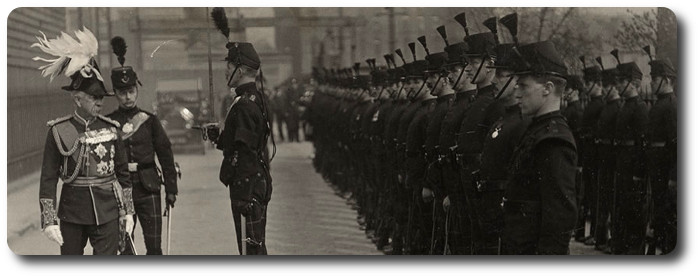
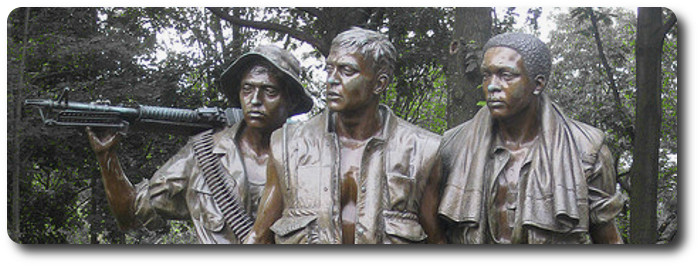
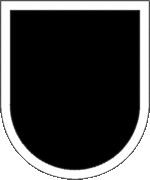 Combat Recon Manual, Republic of Vietnam; 1970
Combat Recon Manual, Republic of Vietnam; 1970

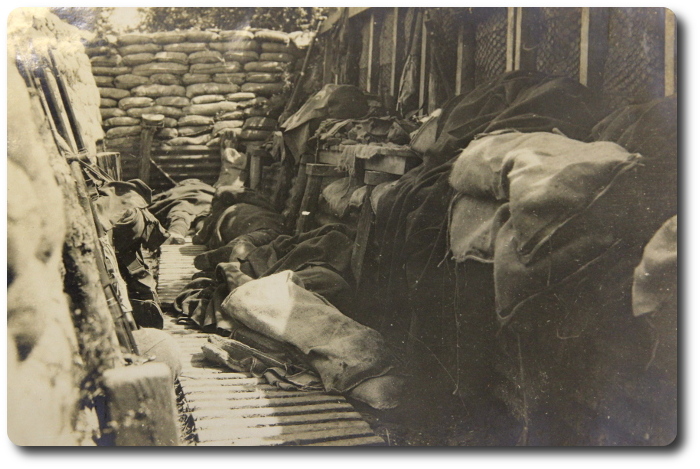
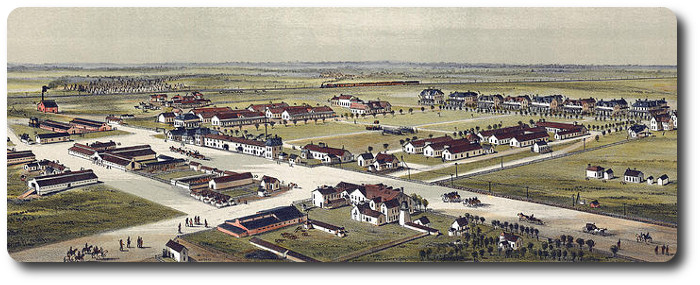
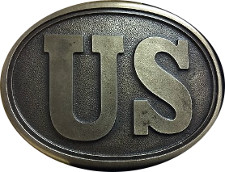
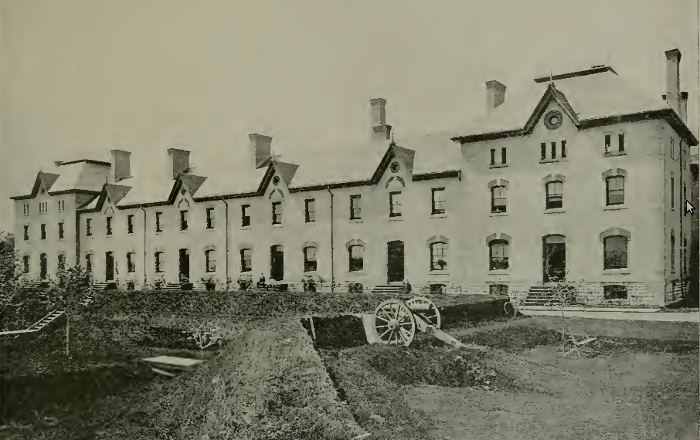

 Journals of Major Robert Rogers, as published in a 1769 Dublin edition.
Journals of Major Robert Rogers, as published in a 1769 Dublin edition.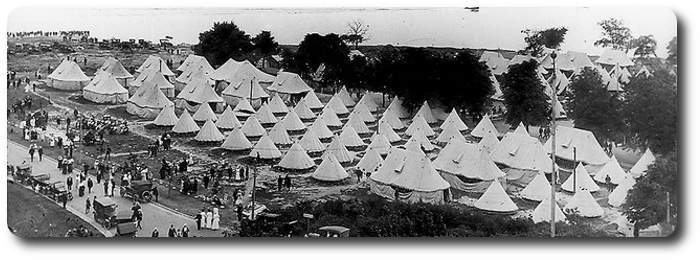
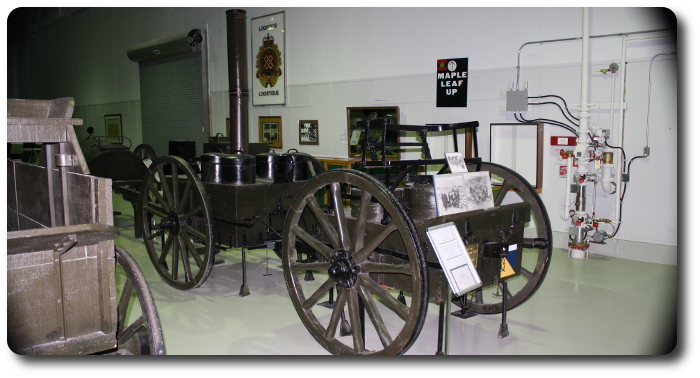
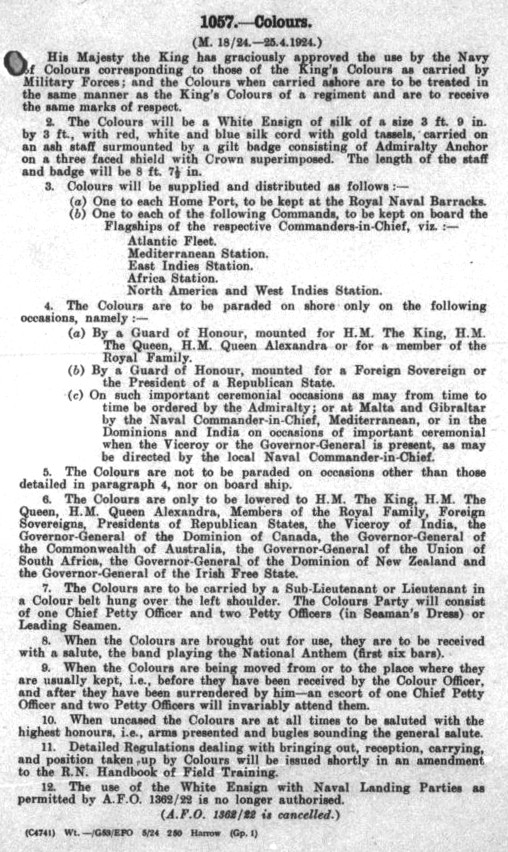
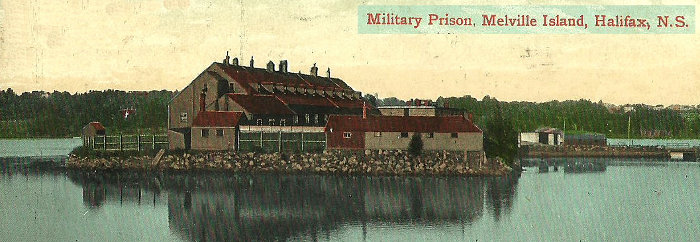
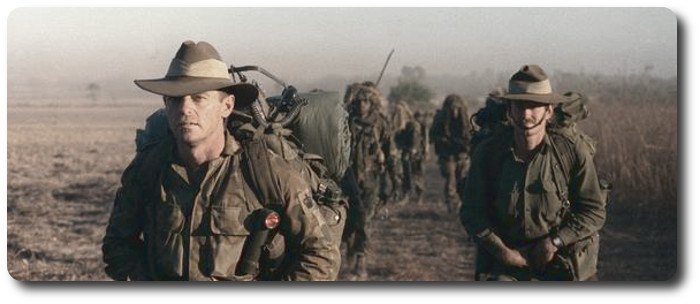
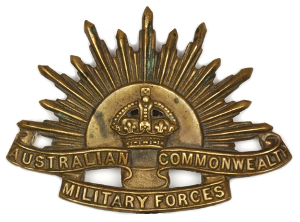 It's the Army's revolutionary new way of dealing with rations.
It's the Army's revolutionary new way of dealing with rations. 
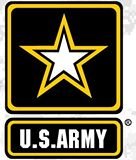 The Army formally adopted a set of Principles of War in 1921 that endure today. Briefly stated they are:
The Army formally adopted a set of Principles of War in 1921 that endure today. Briefly stated they are: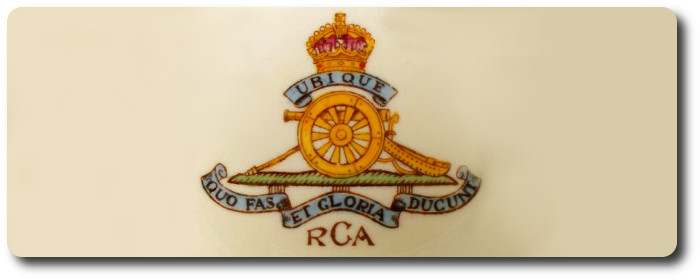
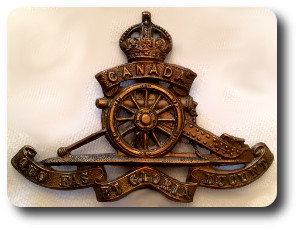 I have the honour to inform you that in considering the historical significance of the cap badge of the
I have the honour to inform you that in considering the historical significance of the cap badge of the 
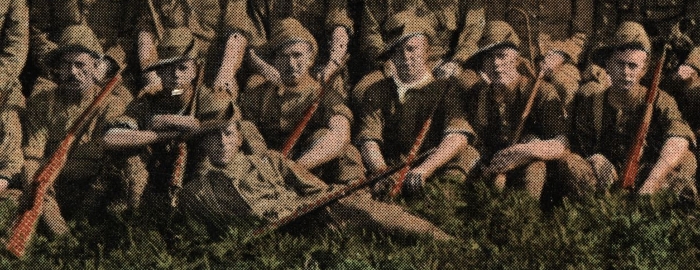
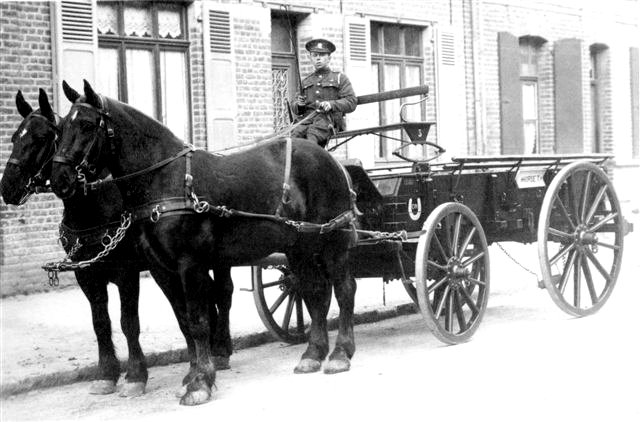

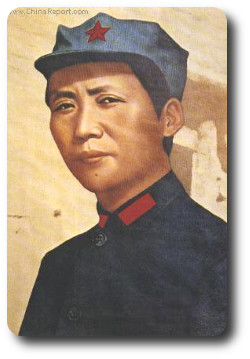 In a war of revolutionary character, guerrilla operations are a necessary part. This is particularly true in a war waged for the emancipation who inhabit a vast nation.
In a war of revolutionary character, guerrilla operations are a necessary part. This is particularly true in a war waged for the emancipation who inhabit a vast nation.